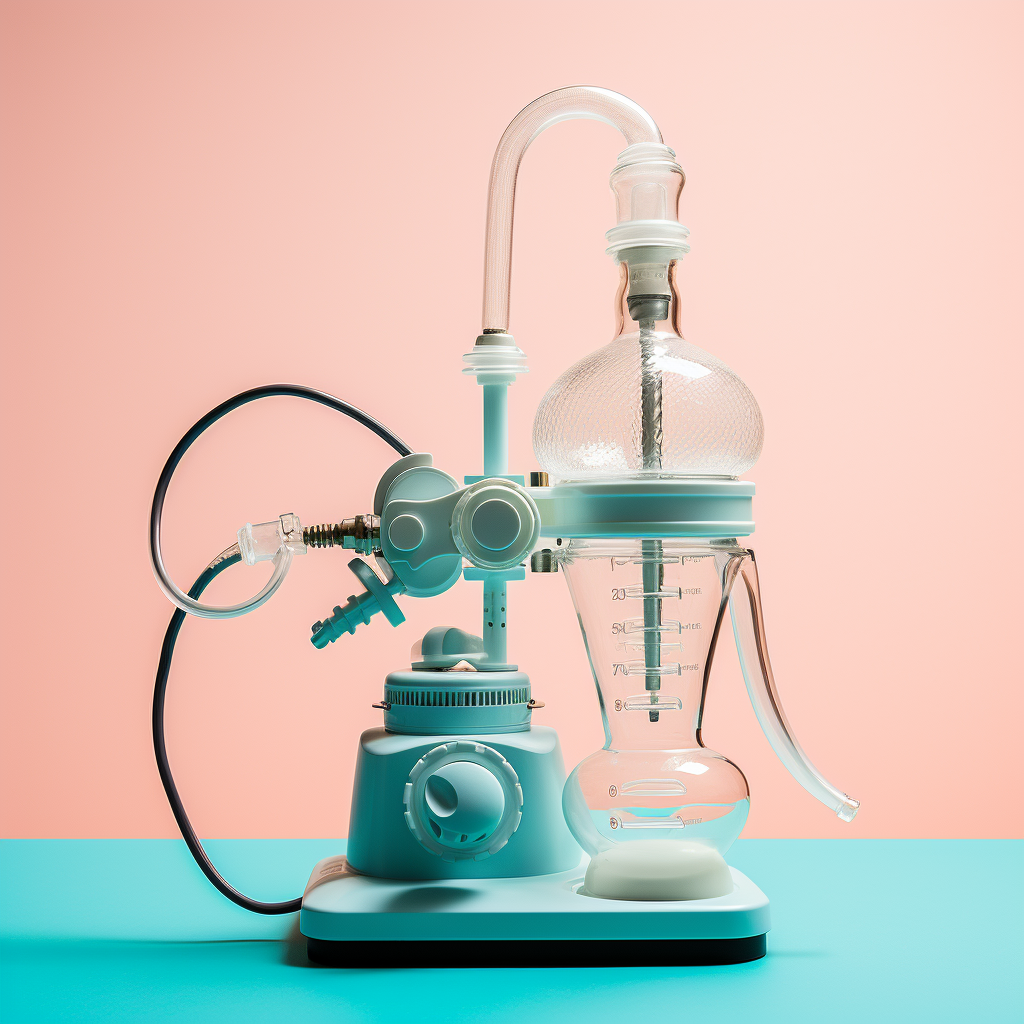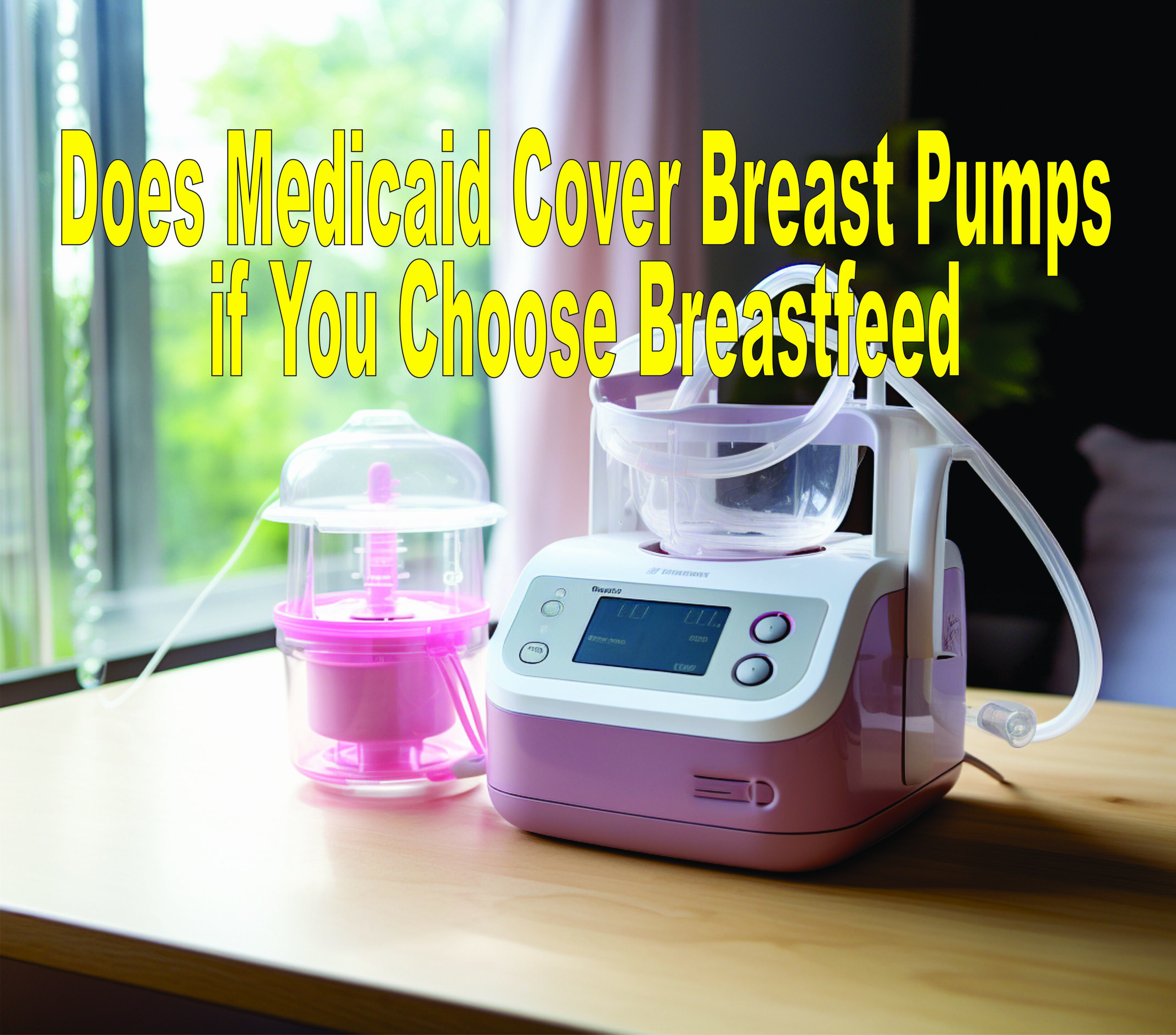Last Updated on October 18, 2023 by Lori Pace
You might be curious if your Medicaid plan will cover breast pumps if you are pregnant. In most cases, yes. But, Medicaid will not pay for breast pumps if you and your baby aren’t registered under Medicaid.
As someone who’s navigated the intricacies of Medicaid and breast pump coverage, it’s important to understand the significance of the Affordable Care Act (ACA) in this realm. This act mandates that federal insurance programs, including Medicaid, must cover breast pump costs. While certain conditions apply, the good news is that the majority of women with insurance will likely be eligible for a breast pump at no cost. Unpacking these conditions and exploring eligibility firsthand sheds light on a crucial aspect of healthcare.
Although Medicaid programs can vary from one state to the next, most Medicaid programs will cover the cost of a breast pump.
it’s important to know that discovering your eligibility and connecting with a supplier is a pivotal step. A direct line of communication lies with your local Medicaid office—don’t hesitate to reach out. Having been through this process myself, rest assured that a Medicaid program can significantly ease your concerns. In fact, this review will effectively guide you toward acquiring a breast pump without incurring costs.
Do You Need a Prescription for Medicaid to Cover Your Breast Pump?
Many Medicaid programs require that you have a doctor’s prescription before you can get a breast pump. These programs stipulate that the mother must wait until her baby is born to receive the pump.
While this is something to be concerned about for moms, it’s not a reason to panic. Most hospitals will have temporary pumps available for you to use during your stay if necessary.
The hospital must consult lactation services before prescribing a breast pump. There are many types of breast pumps on the market.
What Are the Terms of Getting Breast Pumps Under Medicaid?
It can take a while to procure a breast pump through your Medicaid plan. It can take up to 10 working days for suppliers to approve the delivery of the pump. You don’t have to be anxious; you can reach out directly to the supplier to speed up the process.
As someone who has combed through Medicaid programs and their nuances, it’s crucial to recognize that not all state Medicaid programs offer free breast pumps, despite the ACA’s stipulation. Interestingly, some states provide pumps exclusively in medically necessary situations, such as instances involving inverted nipples or prolonged ICU stays. It’s worth noting that in certain states, a breast pump might only be accessible if a mother and her child are separated due to work or school commitments. Should your Medicaid plan not encompass breast pump coverage in these scenarios, be prepared with a prescription and documentation indicating the hours dedicated to these responsibilities.
You must provide your personal insurance card if you have both a Medicaid and private plan. Insurance guidelines dictate that your personal insurance plan must be billed before your Medicaid plan.
Which Breast Pumps Does Medicaid Cover?
Understanding the range of breast pumps that Medicaid covers involves considering multiple factors. Your chosen supplier, the specific regulations in your state, and the nuances of your Medicaid plan collectively influence the available options. Embrace the opportunity to compare offerings from various suppliers and explore the diverse array of breast pumps they provide. By delving into these details, you empower yourself to make an informed decision that aligns perfectly with your unique circumstances.
Types of Breast Pumps
- Manual breast pump – A single-user pump that can be used for occasional or daily milk extraction.
- Single electric breast pump – A single-user pump that can be used occasionally.
- Double electric breast pump – A single-user and is ideal for moms who plan to return to school/work or who want to continue using it for a long time. Double electric pumps can be used during short breaks, but not like single electric pumps.
- Hospital-grade breast pumps – A multi-user pump that can be used for short-term and long-term purposes. This pump is recommended for mothers who wish to preserve their milk supply after giving birth.

There are many brands and models available from each breast pump supplier. The Signature Pro Double Electric Breast Pump and Smartpump 2.0 Starter Kit are two of the most popular breast pumps that Medicaid covers. These breast pumps can be moved easily and are lightweight so you can pump at your own pace.
These pumps have an extension and adjustable suction settings that allow you to match your supply to the baby’s eating habits.
Does Medicaid Pay for Breast Pump Replacement Parts?
In the realm of Medicaid, the coverage of replacement parts and additional breast-pumping equipment can vary across programs. It’s reassuring to note that several manufacturers recognize the importance of supporting mothers with breast pumps, offering warranties for added peace of mind. In cases where your plan may not cover replacement parts, rest assured that you can directly order these crucial components from the manufacturer of your breast pump.
How Can You Know Which Breast Pump Is Ideal for You?
It can be daunting to choose a breast pump, especially if it’s your first. When choosing the right breast pump for you, there are many factors to consider.
Delving into the realm of breast pumps, it’s imperative to align your choice with your unique lifestyle. I’ve been there—some moms, like myself, envision spending extended periods at home after childbirth, making occasional pump use suitable. On the flip side, others, who are embarking on work or school commitments, require frequent and reliable pumping due to time away.
Furthermore, when evaluating pump options, suction power emerges as a key consideration. From personal experience, a breast pump with robust suction capabilities proves invaluable since milk extraction is often a brief endeavor. Understanding that each mom’s priorities vary, some emphasize discreetness, portability, or advanced features like display screens. My firsthand journey underscores the significance of tailoring your choice to your specific needs.
Other moms have different priorities, such as silent and discrete and portable and lightweight, display and screen, and so on.
Final Thought
In the grand scheme of things, it’s essential to recognize that a significant portion of Medicaid plans does encompass breast pump coverage. However, this coverage inevitably varies based on your geographical location.

It’s notable that most states lean towards not covering hospital-grade breast pumps, yet they often extend support for the cost of renting or acquiring a double electric breast pump.

